The 1970s were a transformative time for cinema, especially when it came to villains. Gone were the days of one-dimensional bad guys twirling their mustaches—these characters brought depth, complexity, and a psychological edge that hadn’t been seen before. The villains of this era didn’t just challenge the heroes; they often forced audiences to question their own morality. With gritty storytelling and raw performances, these antagonists became cultural icons, leaving an indelible mark on the way we view on-screen evil. Let’s revisit 13 unforgettable villains from the 1970s who revolutionized cinema and still haunt our memories today.
1. Colonel Kurtz (Apocalypse Now, 1979)
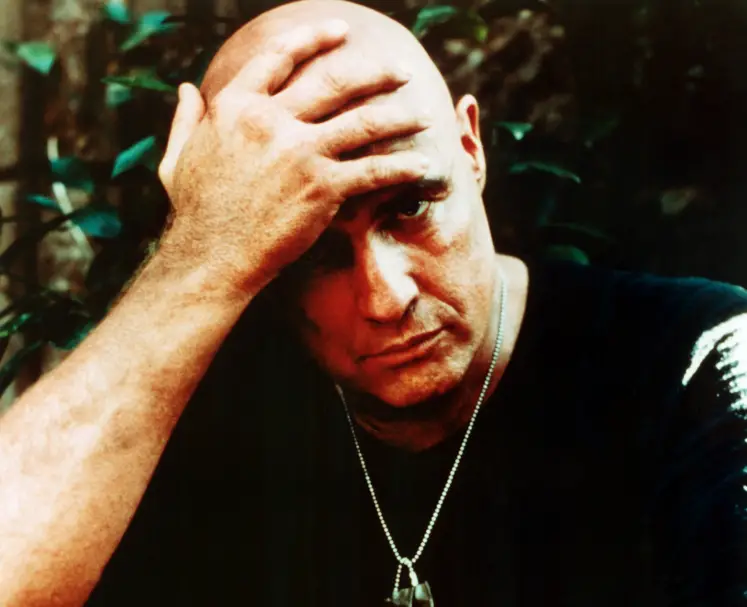
Colonel Kurtz in Apocalypse Now was a villain whose evil was rooted in his descent into madness and megalomania. Played by the legendary Marlon Brando, Kurtz was a once-decorated soldier who had gone rogue, creating his own cult-like following deep in the Cambodian jungle. His whispered monologues and cryptic philosophies made him as enigmatic as he was terrifying. Kurtz wasn’t a typical antagonist; he was a broken man whose journey into darkness was as compelling as it was horrifying.
What made Kurtz so memorable was the ambiguity of his character. Was he truly evil, or was he a product of the horrors of war? His confrontation with Captain Willard (Martin Sheen) wasn’t just a clash of good versus evil—it was a haunting exploration of morality and the human condition. Kurtz’s famous line, “The horror, the horror,” encapsulated the bleakness of his worldview and left audiences grappling with the same existential questions. Colonel Kurtz wasn’t just a villain; he was a haunting symbol of the devastating toll of war on the human psyche.
2. Nurse Ratched (One Flew Over the Cuckoo’s Nest, 1975)
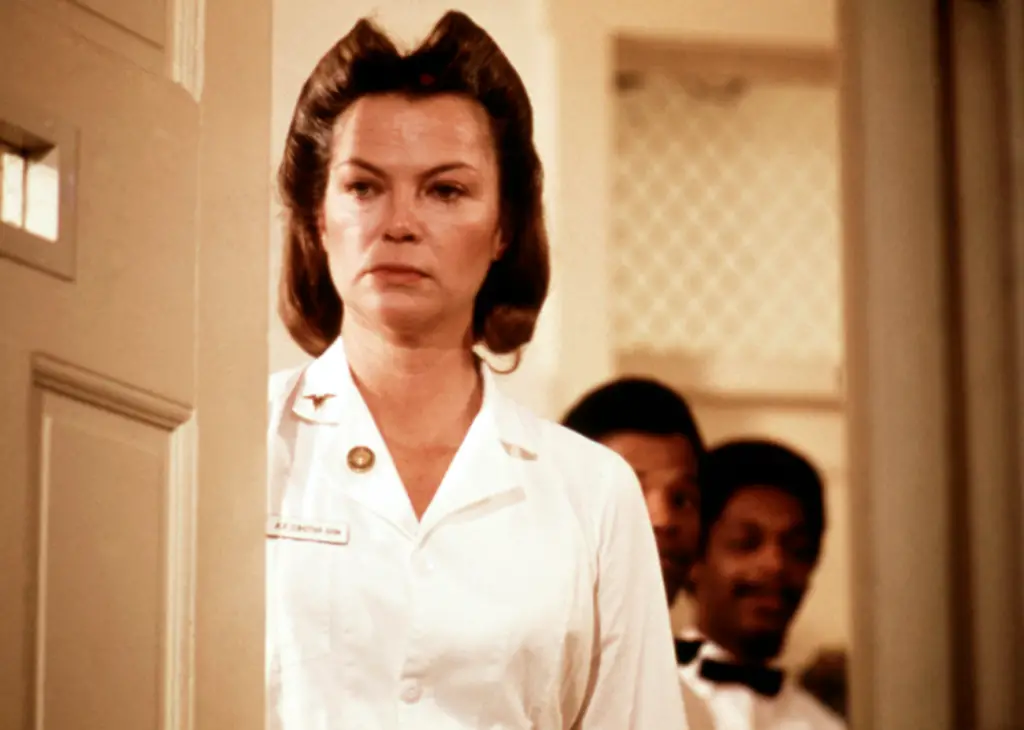
Nurse Ratched wasn’t your typical villain—there were no weapons, no chases, and no grand speeches about world domination. Yet her quiet, calculated manipulation of the patients in her care made her one of the most terrifying antagonists in cinematic history. Played with icy precision by Louise Fletcher, Nurse Ratched was the ultimate symbol of institutional oppression. Her soft-spoken demeanor and ever-present smile masked a chilling lack of empathy. She didn’t need to raise her voice to assert control; her authority was absolute, and she wielded it with devastating cruelty.
What made Ratched so unforgettable was how real she felt. Her villainy wasn’t born out of some grand evil plan but out of an unrelenting need to maintain order and dominance. She represented the kind of everyday tyranny that can exist in bureaucracies and institutions. The showdown between her and Jack Nicholson’s rebellious Randle McMurphy wasn’t just about the characters—it was a battle between individuality and conformity. Nurse Ratched’s legacy endures because she reminds us of the dangers of unchecked power, making her a timeless figure of fear and frustration.
3. Jaws (Jaws, 1975)
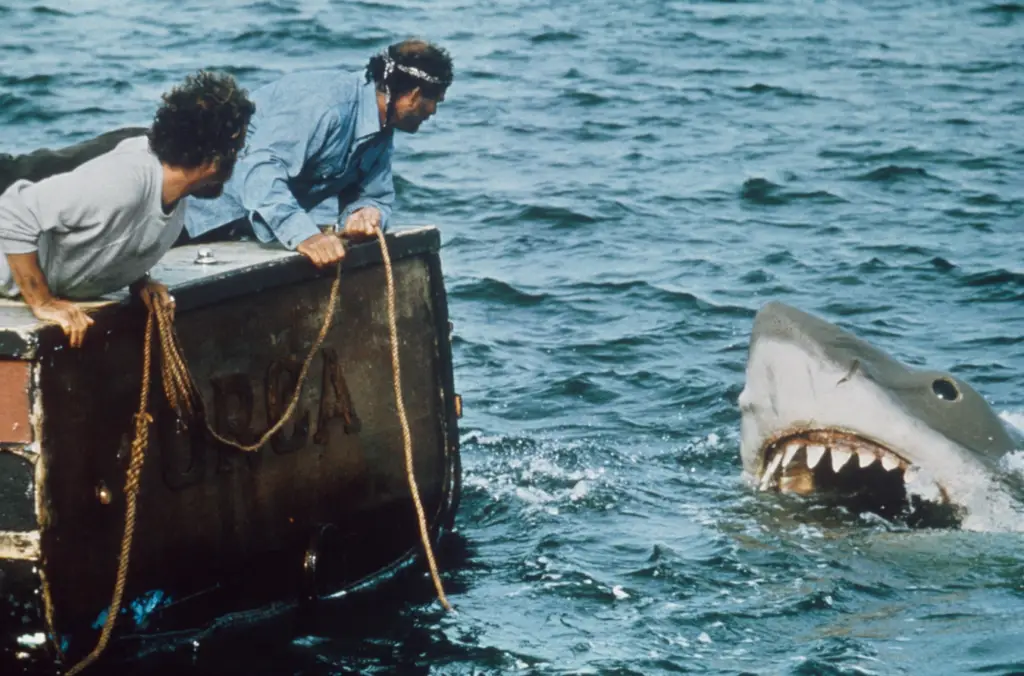
The villain in Jaws wasn’t human, but it was no less terrifying. The great white shark that stalked the waters off Amity Island became a symbol of primal fear. What made this creature so unforgettable was the way director Steven Spielberg used suspense and suggestion to build its menace. For much of the film, you didn’t even see the shark—it was the ominous music and the reactions of the characters that filled you with dread. By the time the shark finally appeared, it had already cemented itself as one of the most iconic villains in cinema history.
Unlike many villains of the era, Jaws had no motive, no personality, and no reason for its attacks. It was a pure force of nature, and that’s what made it so horrifying. The shark’s relentlessness created a sense of helplessness that resonated with audiences. It wasn’t just a monster; it was a metaphor for the unpredictability of life’s dangers. Even now, the thought of entering the ocean can conjure memories of that fin cutting through the water. Jaws wasn’t just a villain—it was an experience, one that fundamentally changed the way movies approached suspense and terror.
4. Travis Bickle (Taxi Driver, 1976)
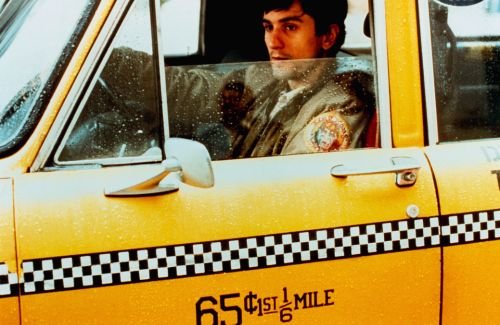
Travis Bickle wasn’t a villain in the traditional sense, but his descent into madness made him a deeply unsettling figure. Robert De Niro’s portrayal of the lonely, unhinged cab driver struck a nerve with audiences. Travis started as a sympathetic character, a man struggling with isolation and disillusionment in a gritty, unforgiving New York City. But as his mental state deteriorated, his violent tendencies and warped sense of justice turned him into a vigilante with terrifying consequences.
What made Travis so impactful was his relatability. Many people could identify with his feelings of alienation and frustration, which made his eventual breakdown all the more disturbing. His infamous “You talkin’ to me?” scene became a cultural touchstone, but it also highlighted his increasing detachment from reality. Travis wasn’t an outright villain, but his actions were undeniably destructive. He forced audiences to confront uncomfortable questions about morality, justice, and the fine line between heroism and villainy.
5. Hans Gruber (The Spy Who Loved Me, 1977)
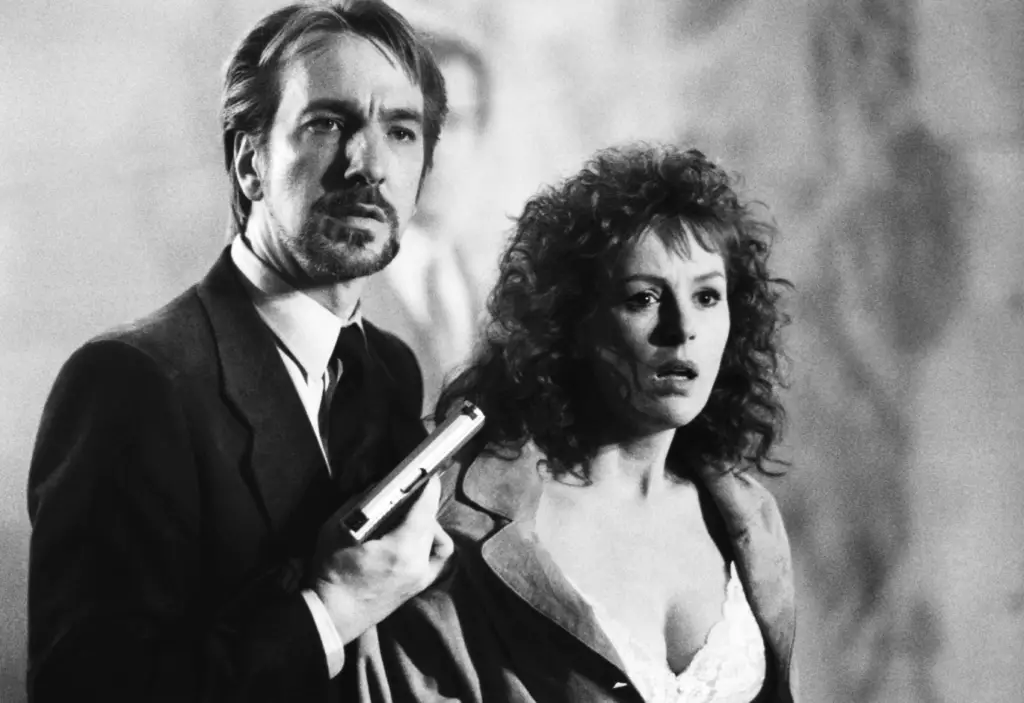
Hans Gruber was the quintessential Bond villain, blending sophistication with sinister ambition. Played by Curd Jürgens, Hans was a megalomaniac with a plan to create an underwater utopia—after destroying much of the world above, of course. His suave demeanor and calm, calculated delivery made him stand out among the more flamboyant Bond villains. He was a man with a vision, however twisted, and he pursued it with unrelenting determination.
What made Hans so memorable was his chemistry with Roger Moore’s James Bond. Their verbal sparring added a layer of intelligence to their conflict, making their showdown feel like a clash of minds as much as a battle of wits. Hans’s grandiose plans and his larger-than-life presence made him the perfect antagonist for the era of disco and excess. He was a villain you loved to hate, embodying both the glamour and the danger of the 1970s.
6. The Wicked Witch of the West (The Wiz, 1978)
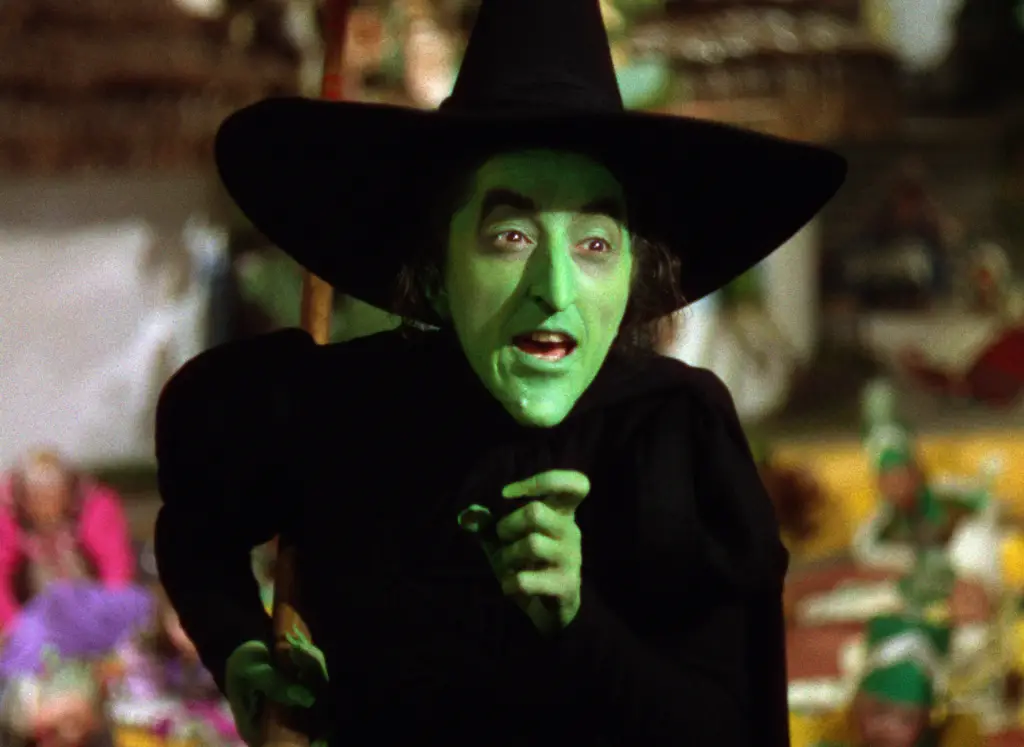
When the reimagined The Wiz brought a fresh, soulful twist to The Wizard of Oz, it also reintroduced audiences to the Wicked Witch of the West in a whole new light. Played by Mabel King, this version of the classic villain was as menacing as she was flamboyant, commanding her creepy domain with spine-tingling authority. Gone was the green face paint, replaced with a larger-than-life personality that dominated the screen. Her booming voice and cunning mannerisms made her an unforgettable antagonist in this magical reimagining of Oz.
What made this version of the Wicked Witch so iconic was her ability to terrify while still staying true to the musical’s vibrant tone. She didn’t just scare Dorothy and her friends; she delighted in her villainy, exuding a charismatic menace that kept audiences riveted. Her henchmen and eerie factory setting added layers to her wickedness, creating an environment where danger seemed to lurk in every corner. The Wicked Witch of the West reminded audiences of the power of theatrical villains, proving that a commanding presence can be just as terrifying as any special effects.
7. General Zod (Superman, 1978)
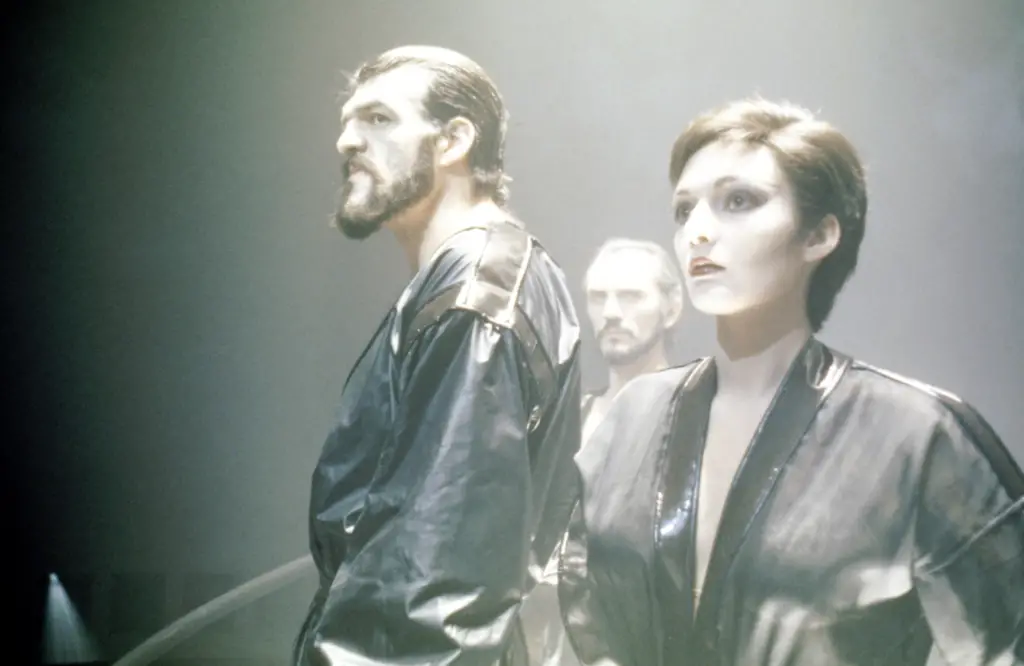
General Zod from Superman marked the arrival of a new kind of villain: one who could challenge a hero physically, intellectually, and emotionally. Played by the commanding Terence Stamp, Zod’s aristocratic disdain for humanity was as chilling as his raw power. Banished to the Phantom Zone at the film’s beginning, Zod’s escape unleashed a nemesis who was determined to dominate Earth, not just for revenge but as his perceived destiny. His iconic demand, “Kneel before Zod!” became a cultural catchphrase, embodying his unrelenting quest for submission.
What made Zod unforgettable was his unflinching belief in his superiority. He didn’t see himself as evil; he saw himself as a rightful ruler. That conviction made his confrontations with Superman all the more compelling, as they weren’t just battles of strength but of ideology. Zod’s villainy wasn’t cartoonish—Stamp’s performance brought gravitas and sophistication to the character. He set the bar for comic book movie villains, paving the way for the complex antagonists we see today.
8. Frank Nitti (The Untouchables, 1976)
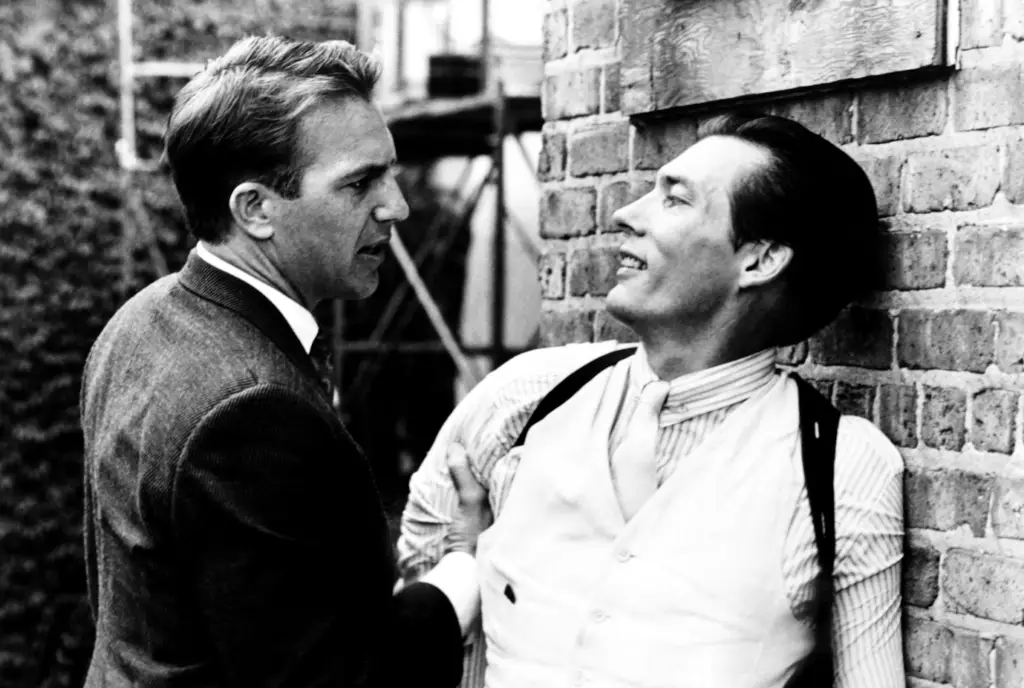
Frank Nitti, as portrayed in The Untouchables, was a chilling representation of organized crime at its most ruthless. With his calm demeanor and calculated ruthlessness, Nitti embodied the cold, business-like approach of the mob in a way that felt all too real. Unlike many cinematic gangsters, Nitti wasn’t flashy or overtly emotional. Instead, his menace lay in his quiet confidence and willingness to do whatever was necessary to maintain control. From orchestrating hits to intimidating law enforcement, Nitti was a villain who operated in the shadows but left an indelible impression.
What made Nitti such a memorable antagonist was his unsettling normalcy. He wasn’t larger than life; he felt like someone who could exist in the real world, which made his crimes even more horrifying. His calculated cruelty contrasted sharply with the idealism of the heroes, creating a tension that drove the narrative. Nitti’s presence reminded audiences of the pervasive power of corruption, making him one of the most chilling villains of the 1970s.
9. Damien Thorn (The Omen, 1976)
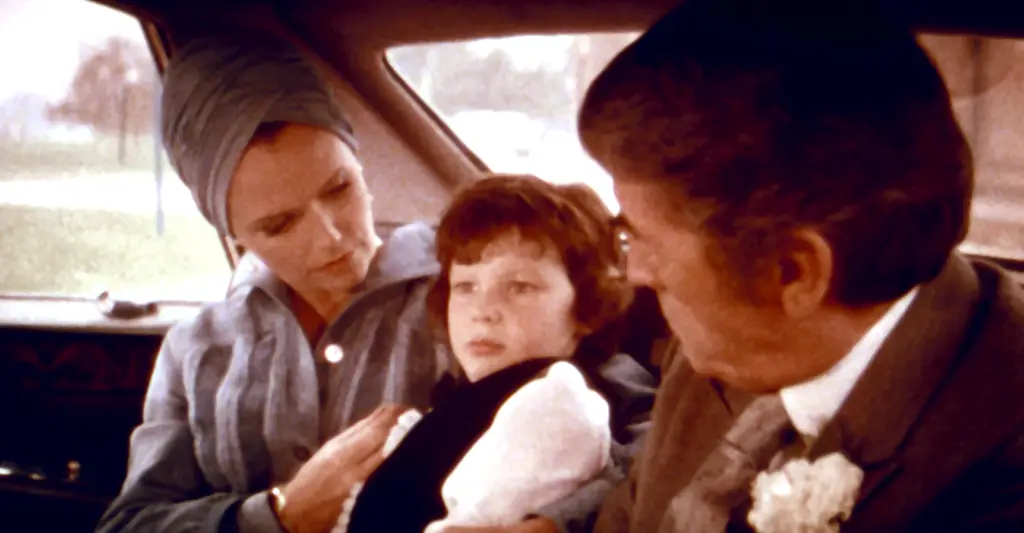
Damien Thorn from The Omen was the very definition of evil personified. As the Antichrist in human form, Damien was a child whose innocence masked a malevolent force capable of bringing about the end of days. Played with eerie restraint by Harvey Spencer Stephens, Damien didn’t need to speak much to exude terror. His wide-eyed stares and unsettling calm were enough to send shivers down viewers’ spines. The deaths that followed him were horrifying, but it was the psychological horror of his presence that made him unforgettable.
What made Damien such a chilling villain was the way the film played with the idea of innocence corrupted. The juxtaposition of his cherubic appearance with the chaos he caused forced audiences to confront their own fears about evil lurking in the most unexpected places. Damien wasn’t just a character; he was a symbol of the unknown and uncontrollable forces that can upend life in an instant. His legacy as a horror icon endures, proving that sometimes the scariest villains are the ones who don’t seem like villains at all.
10. Howard Beale (Network, 1976)
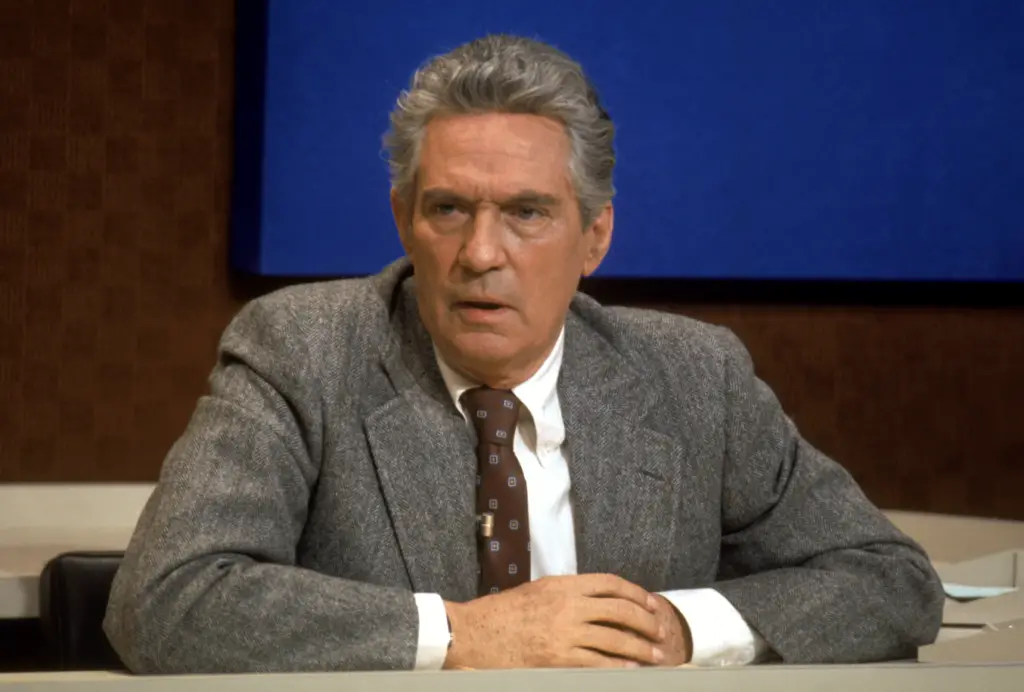
Howard Beale, the “mad prophet of the airwaves” from Network, wasn’t a villain in the traditional sense, but his descent into madness and manipulation turned him into a cautionary tale about media’s power. Played with electrifying intensity by Peter Finch, Beale’s on-air rants about the state of the world captivated viewers both within the film and in real life. His infamous line, “I’m as mad as hell, and I’m not going to take this anymore!” became a rallying cry, but beneath his fiery speeches lay a troubling willingness to exploit his platform for personal gain.
What made Beale such a compelling figure was his duality. On one hand, he spoke truths that resonated with audiences; on the other, he became a puppet of the very corporate machine he railed against. His story wasn’t just about one man’s breakdown—it was a scathing critique of society’s obsession with sensationalism. Beale’s legacy as a villain lies in the uncomfortable reflection he holds up to the audience, forcing us to question our own complicity in the world he condemned.
11. Santino “Sonny” Corleone (The Godfather, 1972)
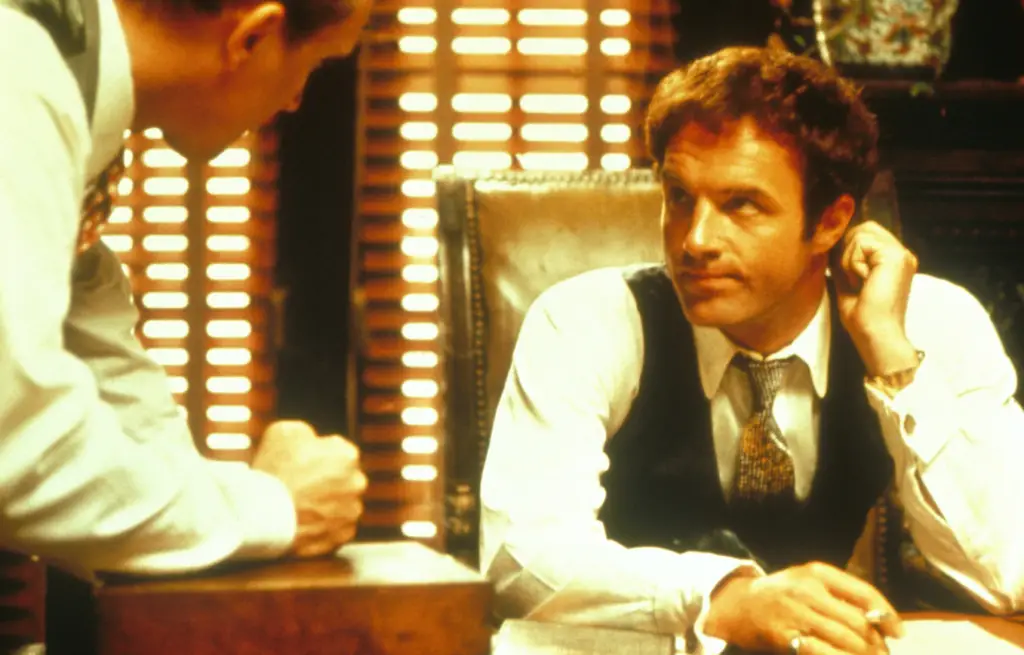
Though Sonny Corleone might not be a traditional villain in The Godfather, his volatile temper and unchecked violence positioned him as a major antagonist in his own way. Played with explosive energy by James Caan, Sonny was the eldest son of Vito Corleone and heir apparent to the family’s empire. Unlike his calculating younger brother Michael, Sonny acted on impulse, often letting his emotions dictate his decisions. His brutal attacks on those who threatened his family made him a feared enforcer, but his inability to control his rage ultimately led to his downfall.
What made Sonny such a compelling character was his complexity. He wasn’t evil, but his hot-headed nature and inability to think strategically put the Corleone family at great risk. His savage beating of his brother-in-law Carlo was both satisfying and horrifying, showcasing the raw power that made Sonny so formidable. However, his fatal mistake—falling into an ambush after letting his anger cloud his judgment—highlighted the dangers of unchecked aggression. Sonny’s tragic end served as a cautionary tale, making him one of the most unforgettable figures in the Corleone saga and a villain in the sense of his destructive tendencies.
12. The Alien (Alien, 1979)
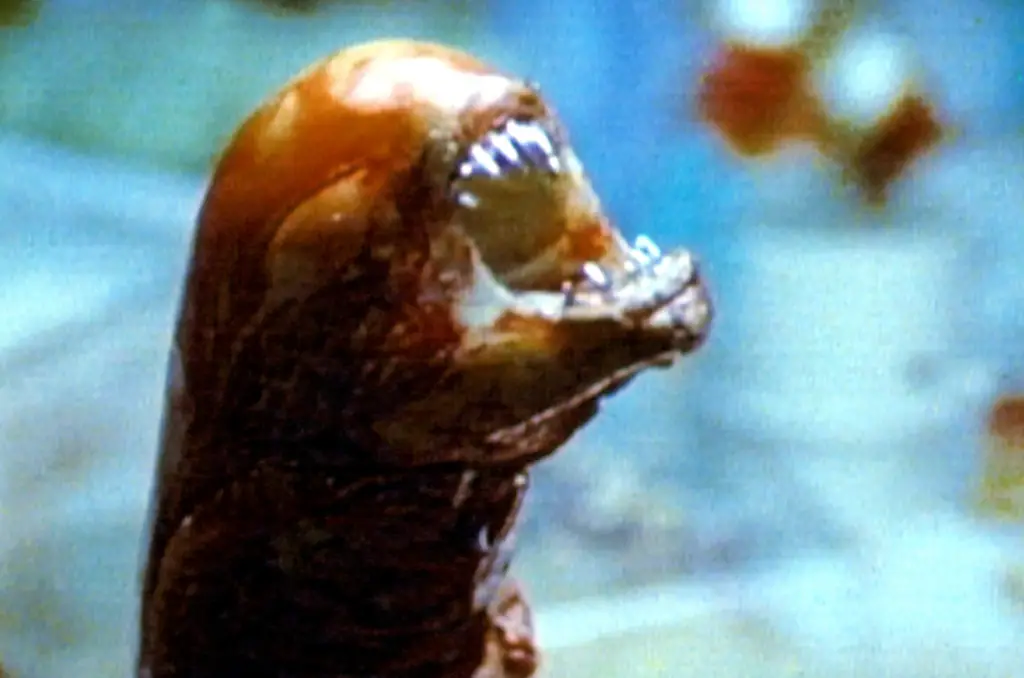
The xenomorph from Alien was one of the most terrifying villains of the decade—and it didn’t even need a face to accomplish it. Designed by the surrealist artist H.R. Giger, the alien was a perfect predator, combining sleek, biomechanical aesthetics with horrifyingly primal instincts. It wasn’t just the creature’s design that made it so iconic; it was the way director Ridley Scott used suspense and isolation to build its terror. The cramped corridors of the Nostromo became a claustrophobic nightmare as the alien hunted the crew one by one.
What set the xenomorph apart from other cinematic monsters was its relentless, almost mechanical efficiency. It didn’t kill out of malice or revenge—it killed because it was its nature. This lack of motive made the creature even more unsettling, as there was no reasoning with it or predicting its actions. The xenomorph wasn’t just a villain; it was a force of nature, an unstoppable embodiment of fear. Its impact on horror and science fiction is immeasurable, cementing its place as one of the most unforgettable antagonists of the 1970s.
13. Michael Corleone (The Godfather Part II, 1974)
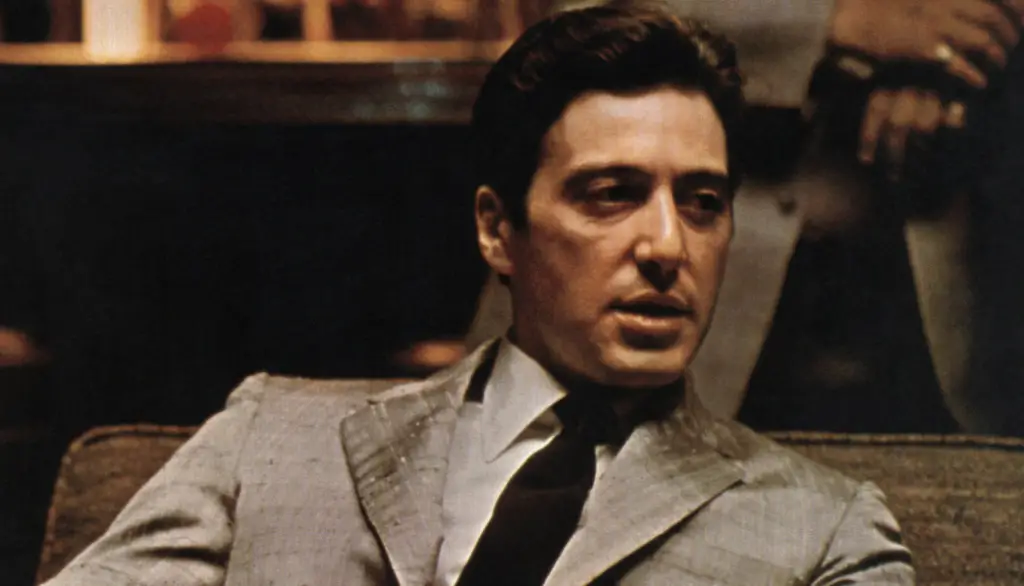
Michael Corleone wasn’t a typical villain in the mustache-twirling sense, but his descent into cold-blooded ruthlessness makes him one of the most iconic antagonists of the 1970s. Al Pacino’s haunting portrayal of Michael in The Godfather Part II was a masterclass in nuance. Starting as a reluctant participant in his family’s criminal empire, Michael gradually transforms into a man willing to do anything to protect his power—even if it means destroying the people closest to him. Watching him order the murder of his own brother Fredo was a heart-wrenching moment that left audiences grappling with their feelings toward him. Was he a villain or a tragic antihero?
The genius of Michael’s character lies in the complexity of his motivations. He wasn’t evil for evil’s sake; he truly believed he was doing what was necessary for his family. This made his actions all the more chilling. He epitomized the darker side of the American Dream, showing what happens when ambition and morality collide. His transformation from a war hero to a crime boss was both riveting and terrifying. Michael Corleone wasn’t just a character; he was a mirror reflecting the moral ambiguities of power and loyalty.
The villains of the 1970s didn’t just exist to oppose the heroes—they became cultural touchstones in their own right, shaping the way we think about evil on screen. These characters challenged audiences, broke conventions, and left an indelible mark on cinema. From the chilling calm of Nurse Ratched to the primal terror of the xenomorph, these antagonists were as complex as they were unforgettable. They remind us that great villains don’t just make us fear them; they make us think, question, and remember. Who was your most memorable villain of the 1970s? Let us know!


